By Eleanor Pike
On average the date that a plant first flowers is moving earlier in spring for 385 British plant species (Fitter & Fitter, 2002). This could be due to global warming making winters warmer, and tricking the plants into thinking spring has come earlier (Post et al, 2001). Global warming is a global climate change trend seen in recent years due to the excessive release of greenhouse gasses by humanity. These gasses are released through burning of fossil fuels like petrol (Hansen, 1998).
So why should we be concerned about this? Flowering plants can be important for a number of reasons. Seen here in Figure 1 is a flowering courgette plant (Cucurbita pepo var. cylindrical) which illustrates how crucial flowering plants can be with regards to providing food. Flowers are the plants sex organs which allow fertilisation of the plant to produce the fruit and vegetables that we eat (Lord & Russell, 2002). This is how plants reproduce normally though humanity has harnessed this to create crops to eat. The world is already facing severe changes and concerns with regards to feeding the growing global population.
Pollinators facilitate this fertilisation process through a number of mechanisms. The importance of these pollinators cannot be questioned, with 35% of crops relying on animal pollinators to produce fruits, vegetables or seeds (Klein et al, 2007). However if plants are flowering earlier, could it be that in enough time, there is a concerning distinction between when plants flower and when pollinators are most active?
One of the most important pollinators are bees due to their specific foraging behaviours and consistency (Corbet et al, 1991). Bees are already facing many challenges to do with emerging global change, and their decline is a large concern economically and ecologically. Bee decline has also been linked to the decline of plant species that rely on bees to reproduce (Biesmeijer et al, 2006). This is yet further evidence that the synchronicity between pollinators and plant flowering times could become a real cause for concern in the near future. There are many challenges being faced by global change scientists in modern times, and early flowering times is one of them.
Word Count: 372
References
Biesmeijer, J. et al., 2006. Parallel Declines in Pollinators and Insect-Pollinated Plants in Britain and the Netherlands. Science, 313(5785).
Corbet, S., Williams, I. & Osborne, J., 1991. Bees and the Pollination of Crops and Wild Flowers in the European Community. Bee World, 72(2), pp. 47-59.
Fitter, A. & Fitter, R., 2002. Rapid Changes in Flowering Time in British Plants. Science, 296(1689).
Hansen, J., 1998. Sir John Houghton: Global Warming: The Complete Briefing, 2nd edition. Journal of Atmospheric Chemistry, 30(409).
Klein, A. et al., 2007. Importance of pollinators in changing landscapes for world crops. Proceedings of the Royal Society- Biological Sciences, 274(1608).
Lord, E. & Russell, S., 2002. The Mechanisms of Pollination and Fertilization in Plants. Annual Review of Cell and Developmental Biology, Volume 18, pp. 81-105.
Post, E., Forchhammer, M., Stenseth, N. & Callaghan, T., 2001. The timing of life-history events in a changing climate.. Proceedings of the Royal Society: Biological Sciences, 268(1462), pp. 15-23.
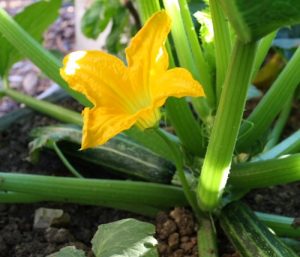

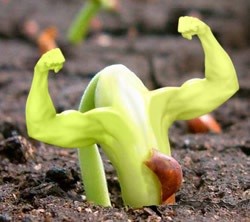
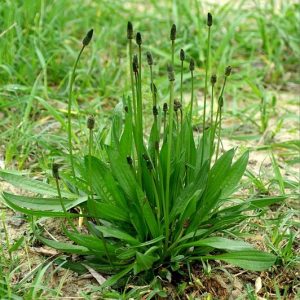
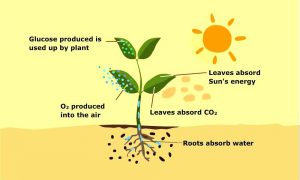
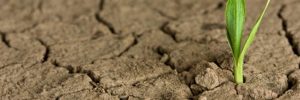
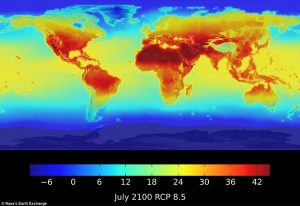
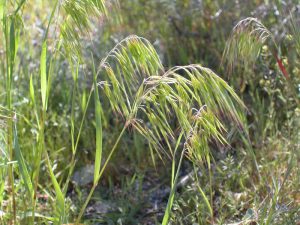

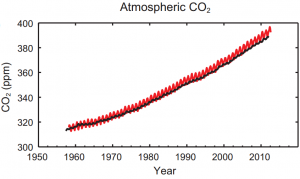
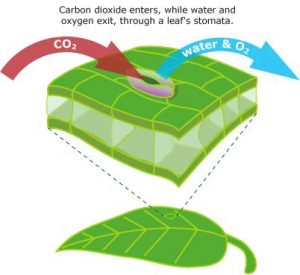
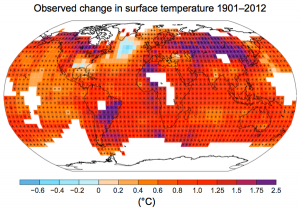
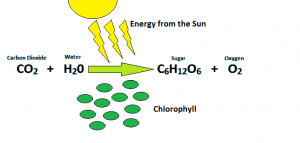
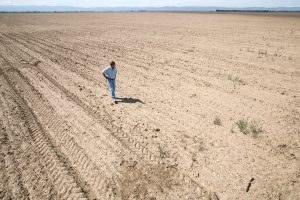
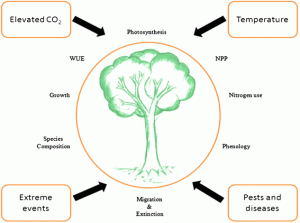
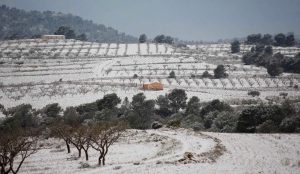


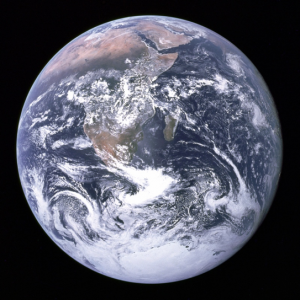

Recent Comments